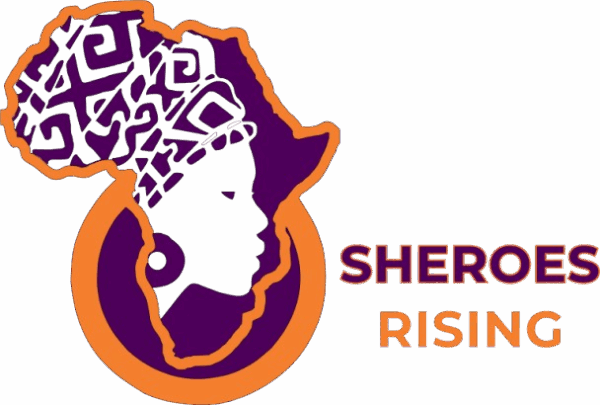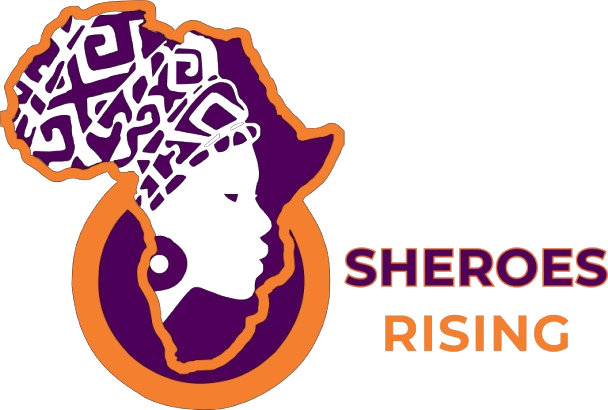- Women in Finland enjoy high-quality education. Finland ranks first in leveling the gender gap in educational attainment in 2018 globally. Finnish women have one of the consistently high levels of education in the world today. The proportion of women in both graduate and postgraduate levels in Finland universities are a maximum of 60% and a minimum of 50% respectively, and the rates continue to increase rapidly outpacing that of men. It is on record that between 1975 to 2021, the rate of women earning post-graduate degrees rose to 54%.
- Political Inclusion: Finland is the first parliament to include female members of parliament in the world, hence earned its place ins history as a pioneer of gender equality. The country elected its first female prime minister in 2003, and its third female prime minister, Sanna Marin in 2019. Sanna Marin leads a coalition government consisting of five parties, all of which have women under the age of 35 at the helm, with female representation in the nation’s 2019 election recording several women winning parliamentary seats, amounting to 47% of the parliament. This is what earned Finland the 6th position in political empowerment for women in 2018 globally.

Sanna Marin
Finnish Prime MinisterWomen dominate the labor market. Finland has the highest rate of women participation in the labor market worldwide. It also ranks as the best country in the world for working and career women with an employment rate that is higher than the EU average. There is however room for improvements as it still has a gender wage gap with women working in both public and private sectors earn only about 80 to 85% of what their male counterparts earn. Nonetheless, the gender pay gap has been steadily decreasing over the last two decades and expectations have determined that it should continue to decrease as a result of social welfare policies that allow women to reconcile family and work life.
- Finland is a victim of the “Nordic Paradox,” the trend where Scandinavian nations experience high rates of domestic violence despite promoting gender equality in economic and political life. The 2013 rate of intimate partner violence in Finland was nearly double the European average. Domestic violence rose 7% in 2019 with over 10,000 reported victims, more than half of which were between married couples. Finland has taken steps at the national level to address this trend, having adopted a National Gender Action Plan and trained about 200 federal judges in prosecuting cases involving violence against women. Moreover, crisis shelters and a free 24/7 helpline are available, with specialized investigators and law enforcement officials to address reports of violence. The Finnish Institute for Health and Welfare oversees these shelters, which also provide professional counseling and health services to customers.
- Migrant women are a major part of Finland’s equal rights agenda. Immigrant women with children experience an employment rate that is nearly 50% lower than that of their native-born counterparts, and social integration has posed a challenge for these communities. To address this issue, the Social Impact Bond emerged through institutional and private investment to assist immigrant women in finding employment within four months. Moreover, the national government finances public language programs to offer support to recent migrants learning the Finnish language.

Feminism & Women in Finland
Finland is one of the nordic countries in Europe. It is today the country with the highest degree of women’s equality in the world.
The women of Finland became the first women in Europe to be granted the right to vote in 1906 which earned it the title of being the pioneer of women’s rights in Europe.
However, the country has its fair share of challenges and struggles that women face.
But its female-led government and strong social welfare policies propel it to progressively and effectively serves as a model for the rest of the developed world.
Finland believes that Gender-neutral parental leave policies are a crucial step toward gender equality. Hence finish women recently fought for a day-care system that would be open to the public and for the right to paid maternity and paternity leave.
In February 2020, a policy granted a one-month pre-partum paid leave and 7 months post-partum paid leave for new mothers giving the same to fathers as well. The policy also allows parents to transfer up to 69 days from their allotment of leave to the other parent and accords single and non-biological parents the same privileges of 14 months of paid leave.
This policy was created to level the gap between conventional male and female roles as ordained by society, and relieving women of the tradition of them solely raising their children.
The equality and rights women in Finland enjoy are said to be equal to none in developed countries. Let us look at them.
Regardless of all these challenges, Finland is on its way to becoming the world’s most gender-balanced country.








